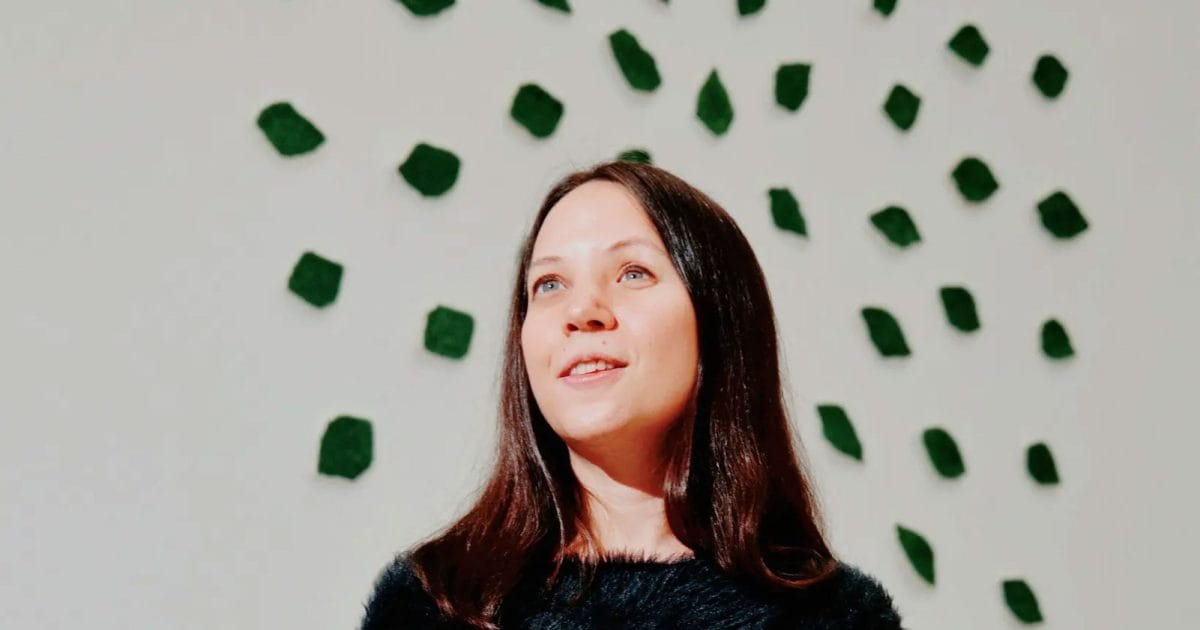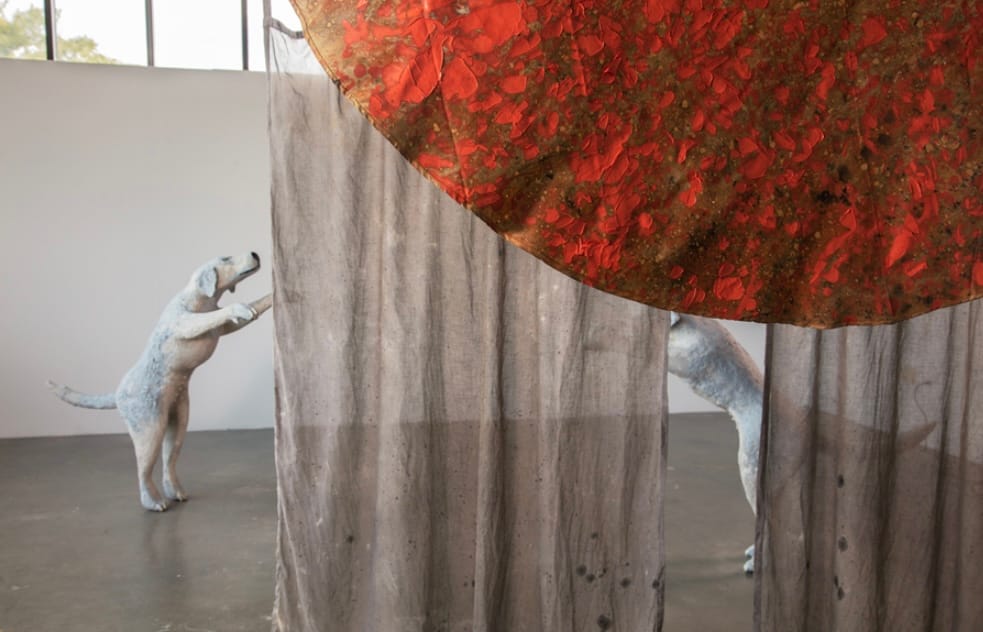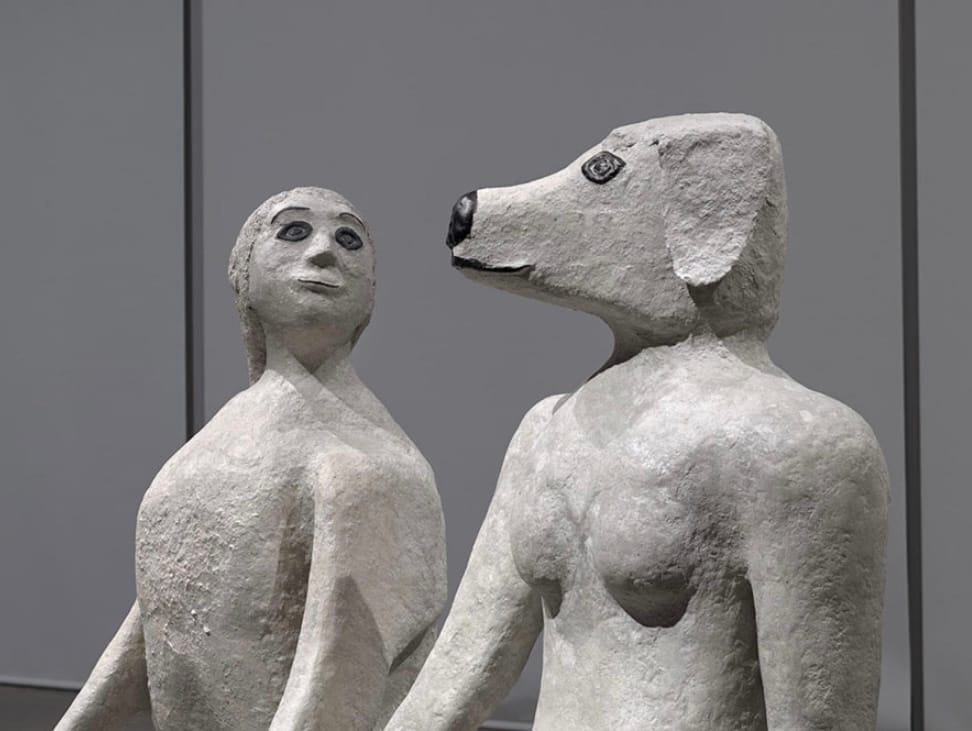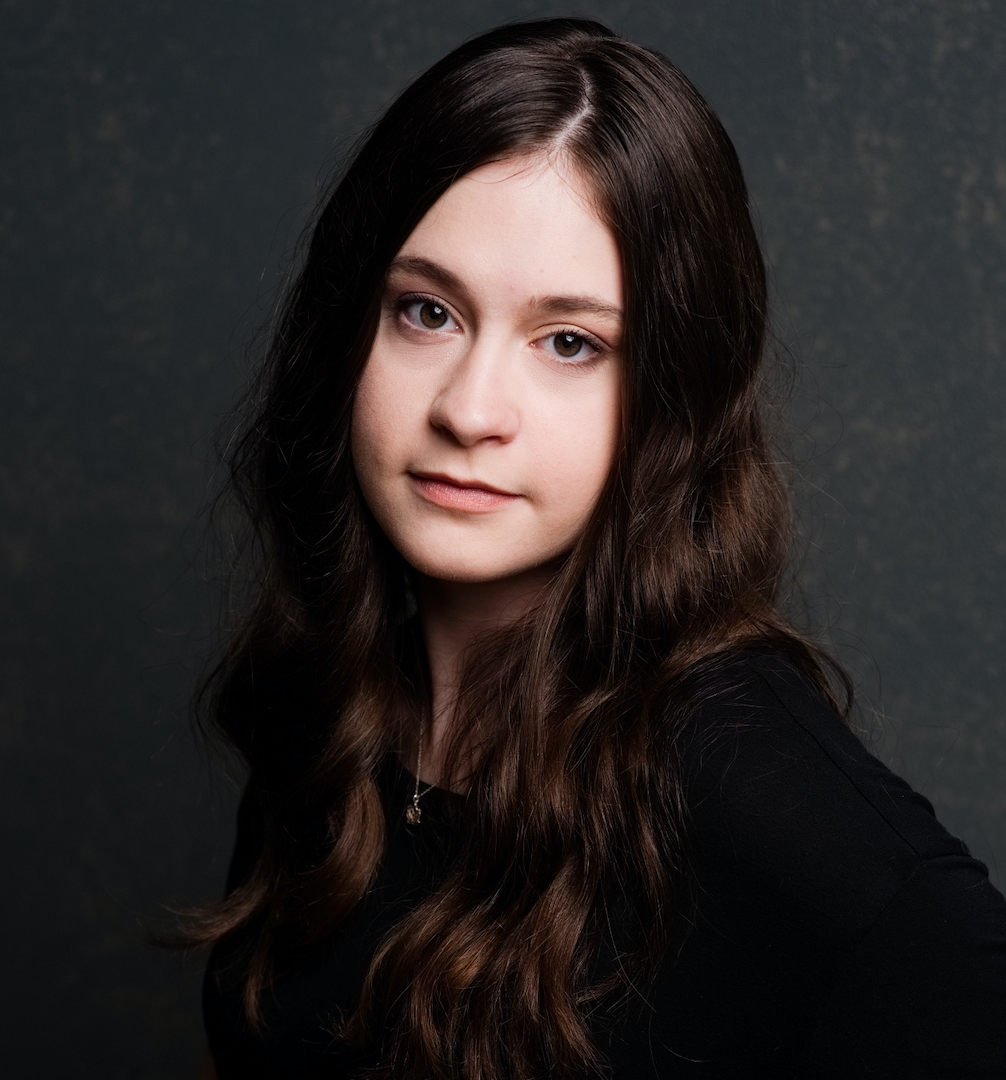Emilie Louise Gossiaux's Incredible Ode to Her Guide Dog
Gossiaux's "Other-Worlding" installation explores the art of interspecies connection and moving as one.

In 2010, while attending The Cooper Union School of Art, Emilie Louise Gossiaux was hit by an 18-wheeler while riding her bike to the art studio she worked at – a near-fatal accident that led to the loss of her vision.
This was not the first time Gossiaux had experienced a significant sensory upheaval. "A series of infections in her ears as a child cost Emilie her hearing by age 5." Lip-reading her teachers throughout childhood, Gossiaux later got a cochlear implant while studying in New York, further shifting how she engaged with sound.
In both of these bodily turning points, art and adaptation proved to be powerfully fastened together. After doctors turned Gossiaux's cochlear implant back on in the hospital, the artist began the long process of reorientation to movement and speech in a new embodiment. "She learned Braille in seven months; it takes most people up to two years." She also bonded with London, her guide dog, who would come with her to New Haven when she started her MFA at Yale.
Gossiaux describes their first meeting in a Wordgathering interview:
I met London, an English Labrador Retriever on August 5, 2013, the day after my 24th birthday, and at the start of my final year at The Cooper Union School of Art. When my trainer brought London into the apartment, she made a rush towards me, excitedly sniffed me all over, my hands, legs, and feet—I then listened to her nails click around my living room and kitchen, smelling everything in her new surroundings.
For the next two weeks, we learned the route to school, the studio, on busses, and subways across town. Learning how to travel with London was so exhilarating. I walked faster, with more confidence.
The transformative and interdependent embodiments garnered from these new modes of perception became a recurrent source of inspiration for Gossiaux's art. Both her drawings and sculptures routinely and profoundly channel the interspecies bond she shares with her Seeing Eye dog. In an interview with Metal Magazine, Gossiaux explains:
London strengthened my connection to nature and the animal world. I thought about London and imagined us becoming one being. When we are together, we become like one superbeing. She becomes my eyes, and I become her hands and voice.

Gossiaux's striking hybrid figures don't just challenge but ultimately collapse the status quo hierarchies of human and animal, disability and able-bodiedness, self and other. Her alternative paradigm of liberation and unity across species and ability "radiates generosity and love" and transfigures our sense of what a body—and a world—can or should be.

The artist's latest and most extensive rendering of London comes from her solo exhibition, "Other-Worlding," which ran at the Queens Museum from December 6, 2023, to April 7, 2024. The exhibition's title comes from feminist scholar Donna Haraway, author of the Companion Species Manifesto (2003) and When Species Meet (2007). Haraway's "other-worlding" refers to "the reconfiguration of human-animal entanglements as a 'dance of relating' premised on response and respect."
Gossiaux embodies this notion to a T in her sculpture work, which she creates through memory and touch. In this particular installation, she reimagines a Midsummer dance: three human-sized Londons circle a 15-foot-high maypole (a supersized version of the artist's white cane). The dog-woman figures hold onto leashes/ribbons with their hand-paws.

The flora of the backdrop befits the maypole tradition: nature in bloom as spring turns to summer. Gossiaux also includes a sun and a moon simultaneously shining side by side, driving home the piece's joyful and fantastical embodiment of mutuality.
This dynamic 'other-world' celebrates the liberation of and playfulness between London and Gossiaux as they've learned to move as one. "Only through their interdependency is each granted autonomy," art critic and historian Elizabeth Buhe suggests, "which Gossiaux shows us is not a contradiction."
Furthermore, each of the three Londons in motion bears a different expression; one moves with eyes closed, wholly relaxed and meditative, while another holds a piercing gaze facing gallery visitors as they enter the space.
These details reflect Gossiaux's multiplex understanding of London's companionship role – a human-dog relationship "that crisscrosses between maternal, spousal, emotional, and practical." Indeed, London fulfills many roles all at once: sister, child, partner, protector, best friend.
When it comes to canine inclusivity, Gossiaux's art provides not just a personal testament but a vital call to action; she reorients her audience toward a more diverse, embodied ethic of care:
"One thing people can learn from disability culture is how important interdependence is between you and your partners, your friends, your neighbourhood, and your environment with non-human species, too. Americans overemphasise this idea of independence and individuality. But interdependence is so important. My work is about that" ~ Emilie Louise Gossiaux for Metal Magazine
By and large, Gossiaux's "other-worlding" shows us that love is multitudinous and multispecies, and perception is interrelational. Through her art, she invites us all to dwell in new ways of sensing, moving, and imagining together.
For more on the intersection of canine and disability inclusivity, keep reading here!


